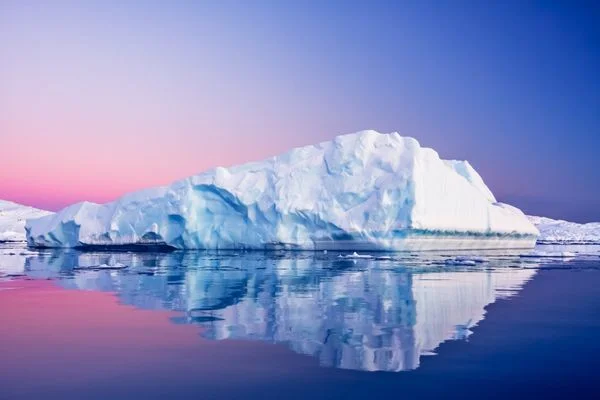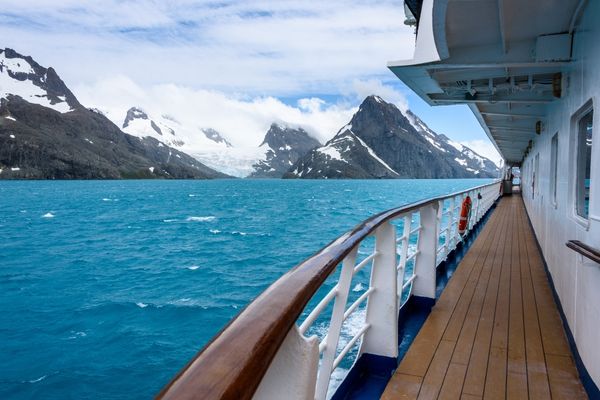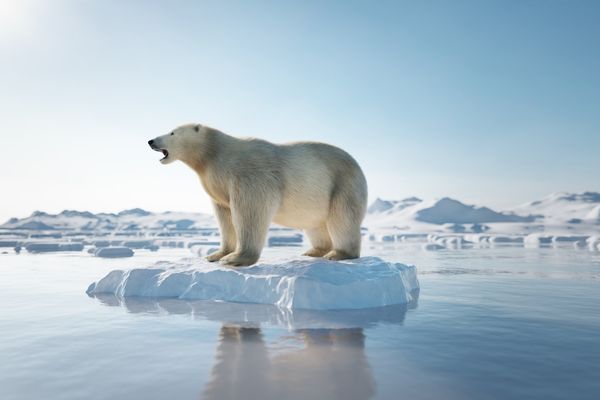
Navigating the Future of Polar Tourism: Trends and Challenges in Antarctic Cruising | Travel News
The unspoiled polar environment shows extreme differences from human-made structures which have attracted explorers since ancient times.
The top cruise companies now offer Antarctic expeditions which take guests to visit the most distant untouched regions of the planet. The expeditions make several stops at Elephant Island and the Gerlache Strait and Port Stanley in the Falkland Islands and various South American ports. Most itineraries run from Buenos Aires on 14-day trips, with the limited cruising season taking place in January and February, the summer months of the Southern Hemisphere.
The Future of Antarctic Cruising

The era of basic polar exploration ships which focused on scientific work has ended. Modern cruise ships unite high-end accommodations with adventure travel through their offerings of gourmet dining and spa services and personal butlers who attend to guests needs.
Modern technology has improved travel comfort through new systems that decrease seasickness while enabling passengers to participate in fresh activities which include paddle boarding and helicopter tours and ice camping. Future cruises will adopt hybrid and sustainable technologies to produce environmentally friendly vessels which operate at reduced noise levels while offering enhanced guest experiences.
Trends and Challenges

Climate change has created an essential crisis which demands urgent action. Scientists have grown more worried about Antarctic tourism's environmental impact because of global warming which causes rising temperatures and Antarctic ice melting. The rising desire to visit polar regions has created a dilemma regarding how to protect these areas while allowing exploration activities.
The majority of tourists choose to stay on board during their expeditions yet many of them land onshore where they sometimes gather in large groups near penguin breeding areas. The fragile ecosystem remains vulnerable to disease outbreaks which continue to threaten its survival.
The cruise industry needs to back passengers who will serve as Antarctica ambassadors to spread knowledge about the environment and protect this natural wonder. The path now depends heavily on three essential elements which combine education with accessibility and immersive experiences.
Sustainable Innovations
The industry moves forward in its path toward sustainability. Modern cruise lines invest in green ship construction through hybrid power systems which reduce emissions by 20% and eliminate 95% of black carbon pollution. The initiatives work to decrease fuel usage while making the Drake Passage crossing safer and more comfortable for passengers.
Modern technology has enabled Antarctic cruises to evolve into sustainable exploration missions which deliver superior travel experiences through environmentally friendly methods that protect this remote region for upcoming generations.
